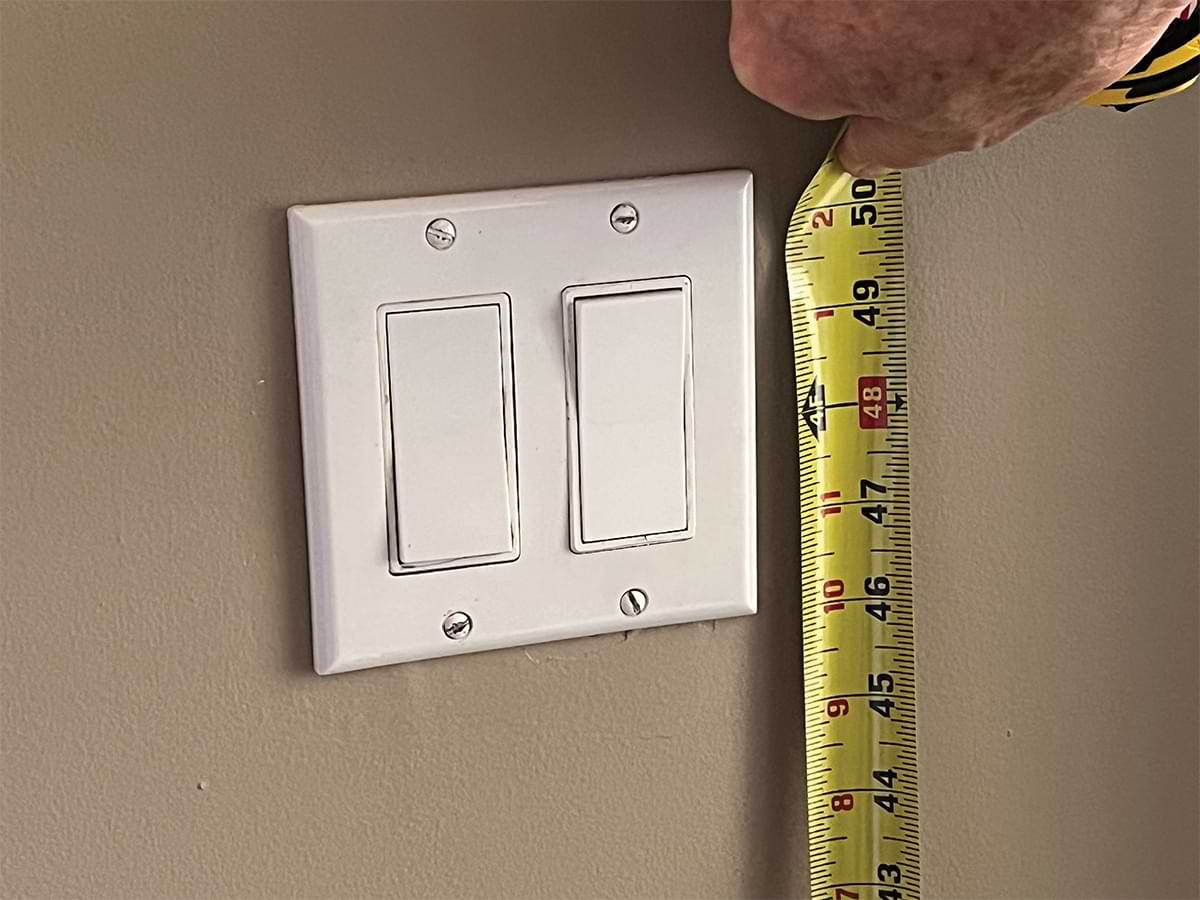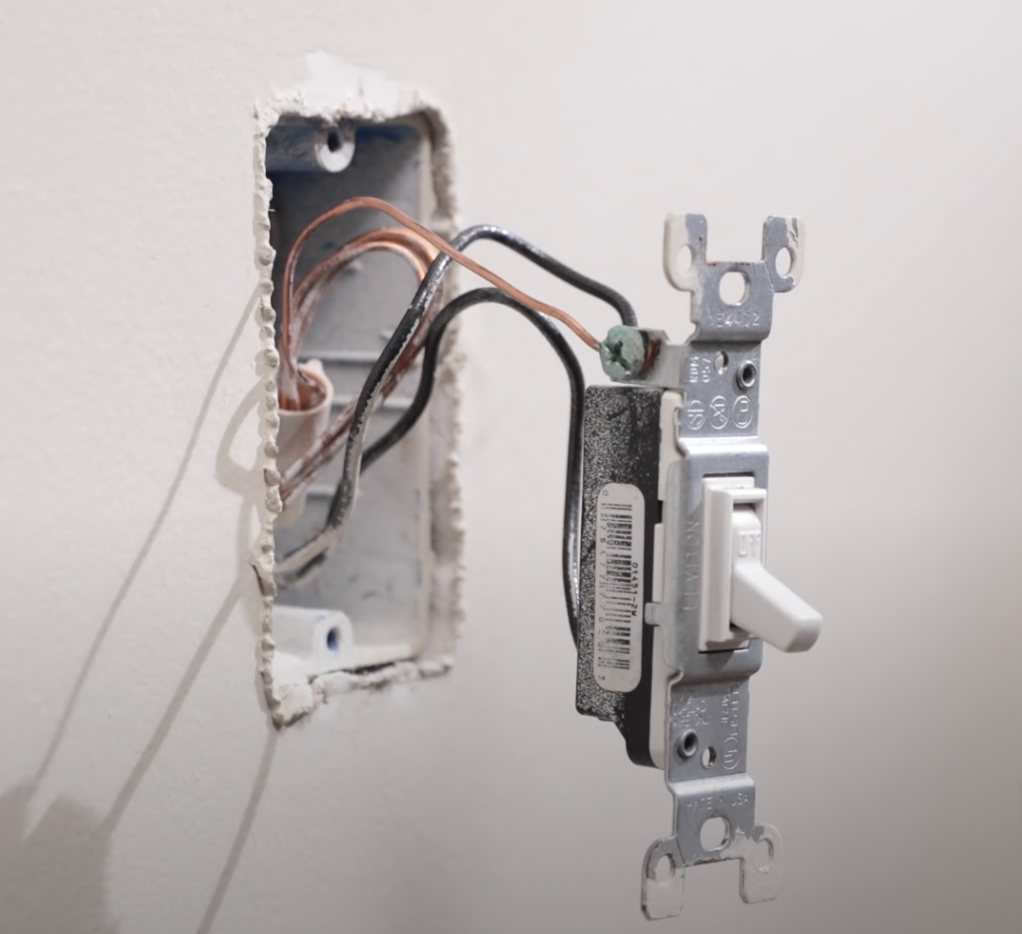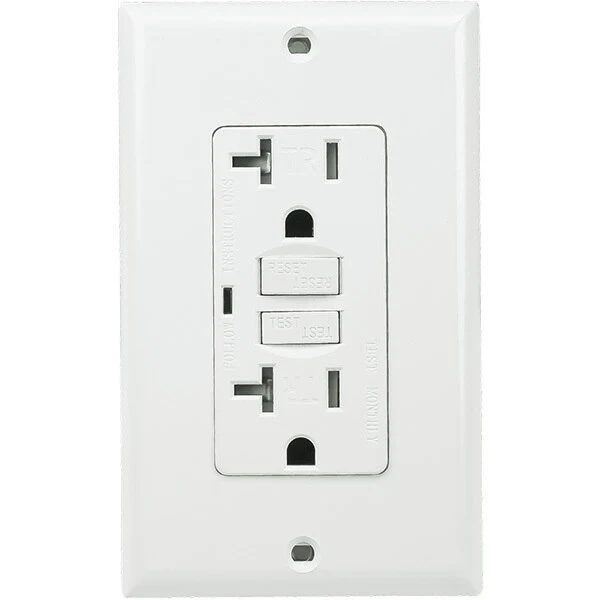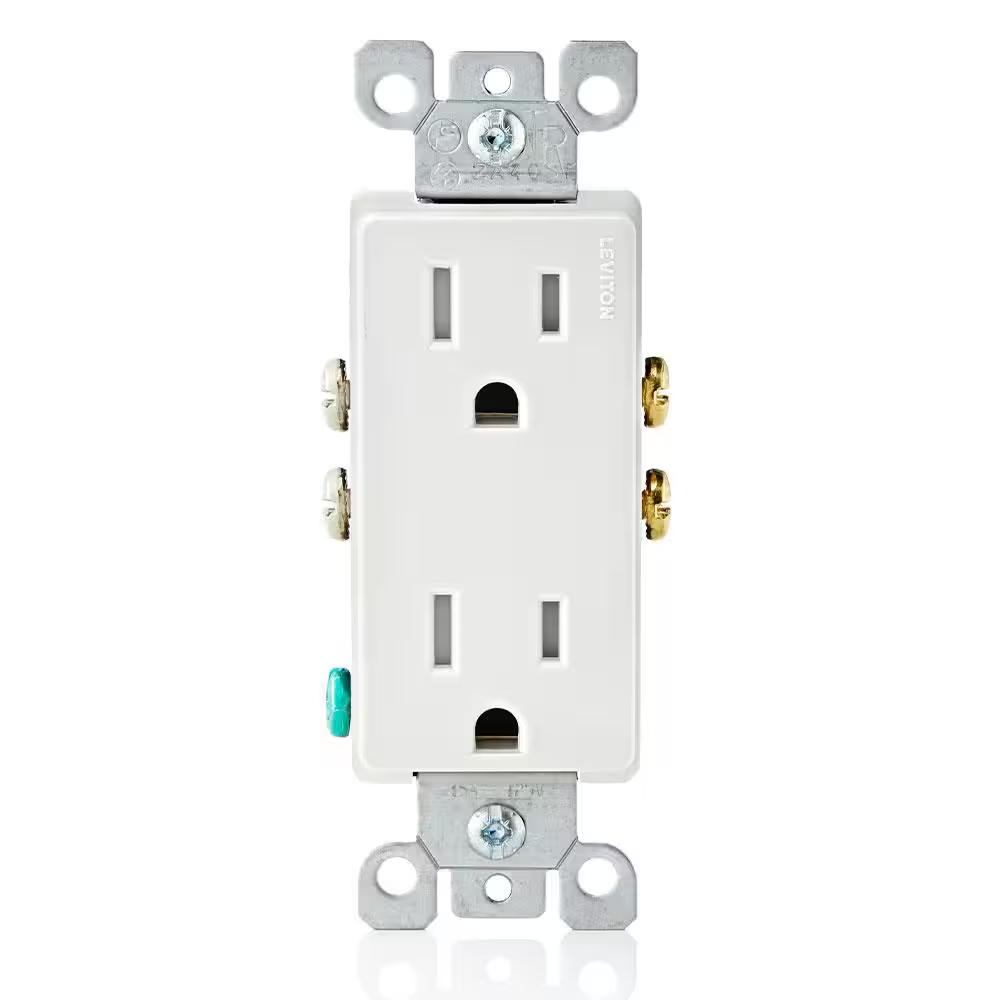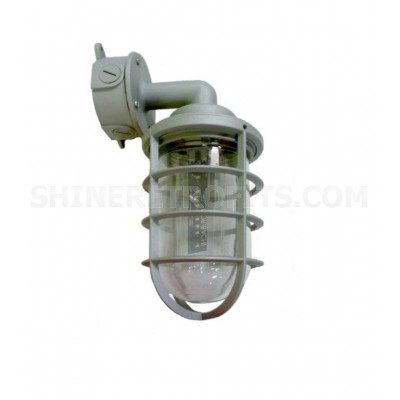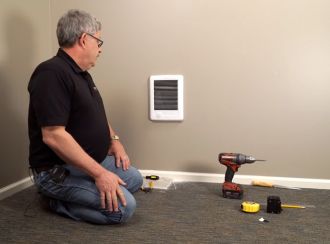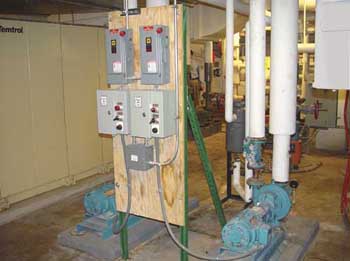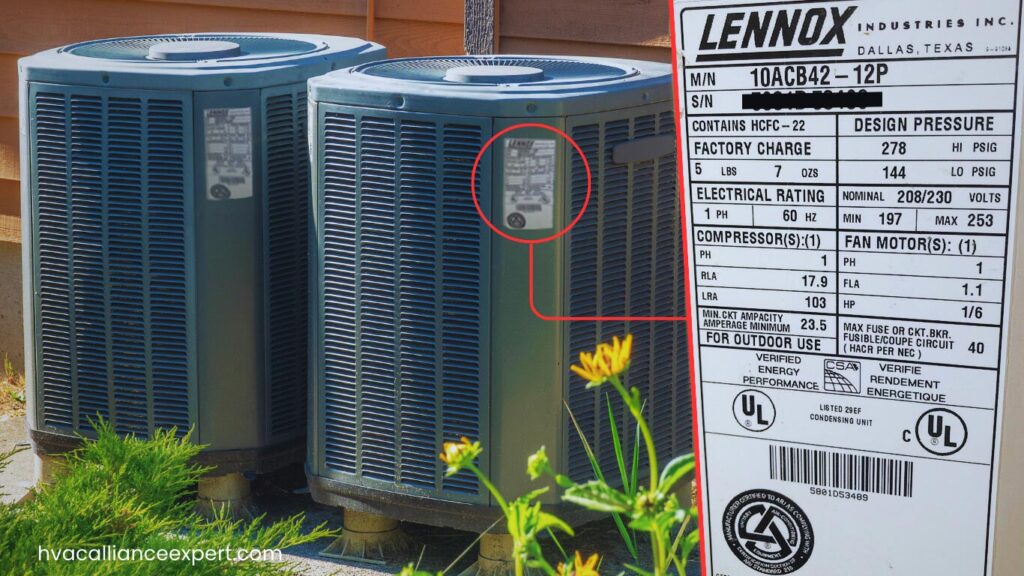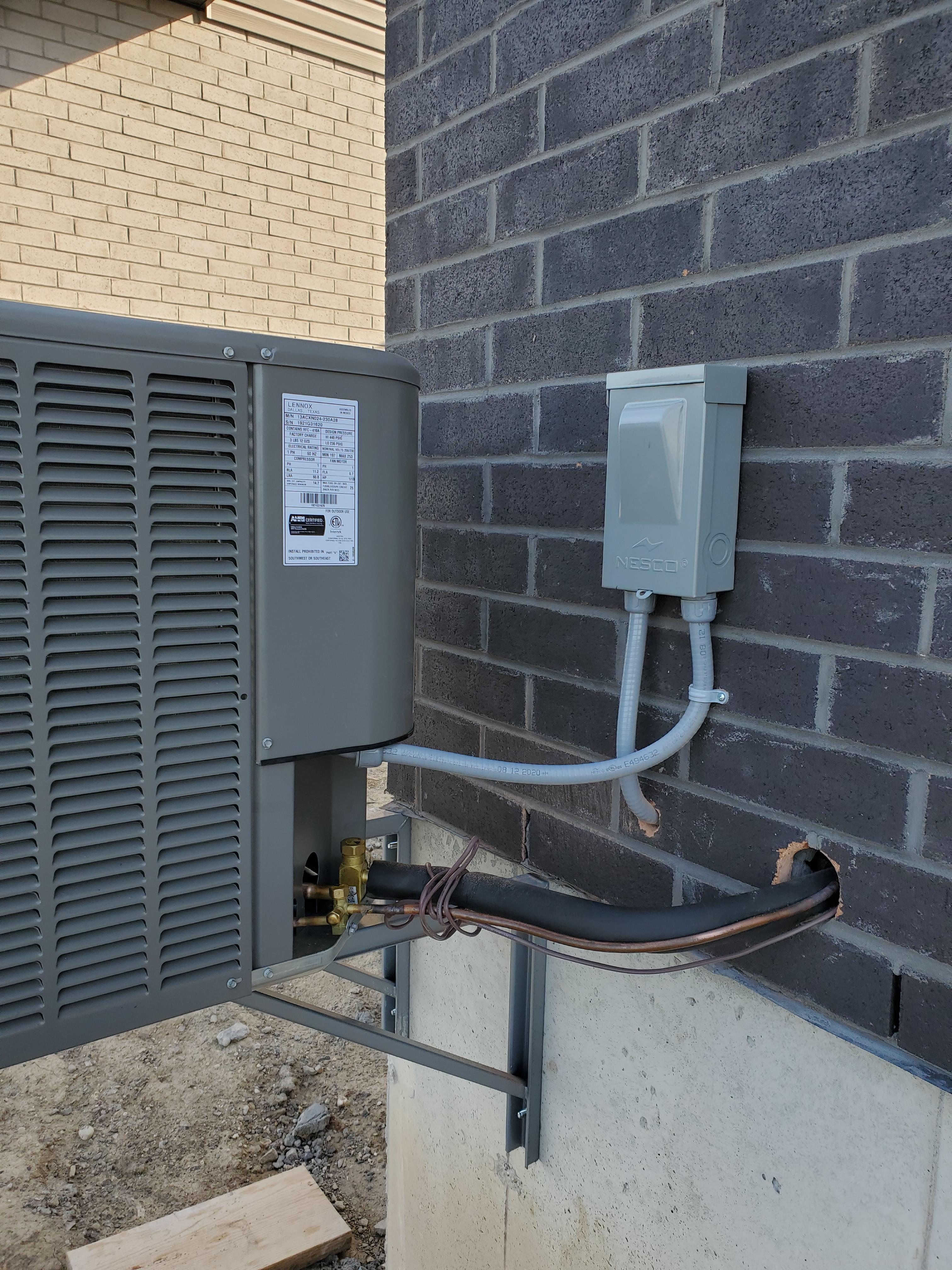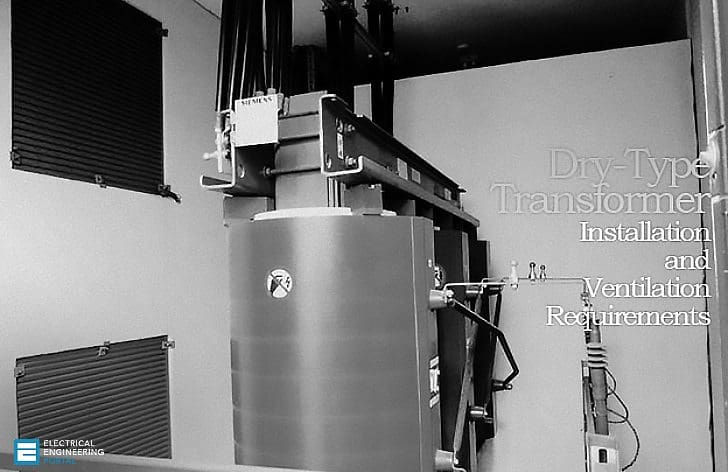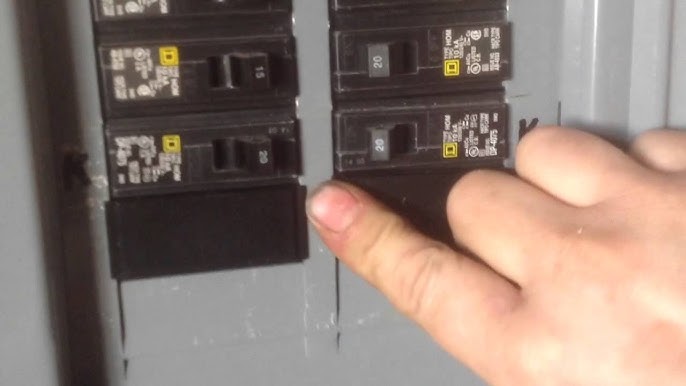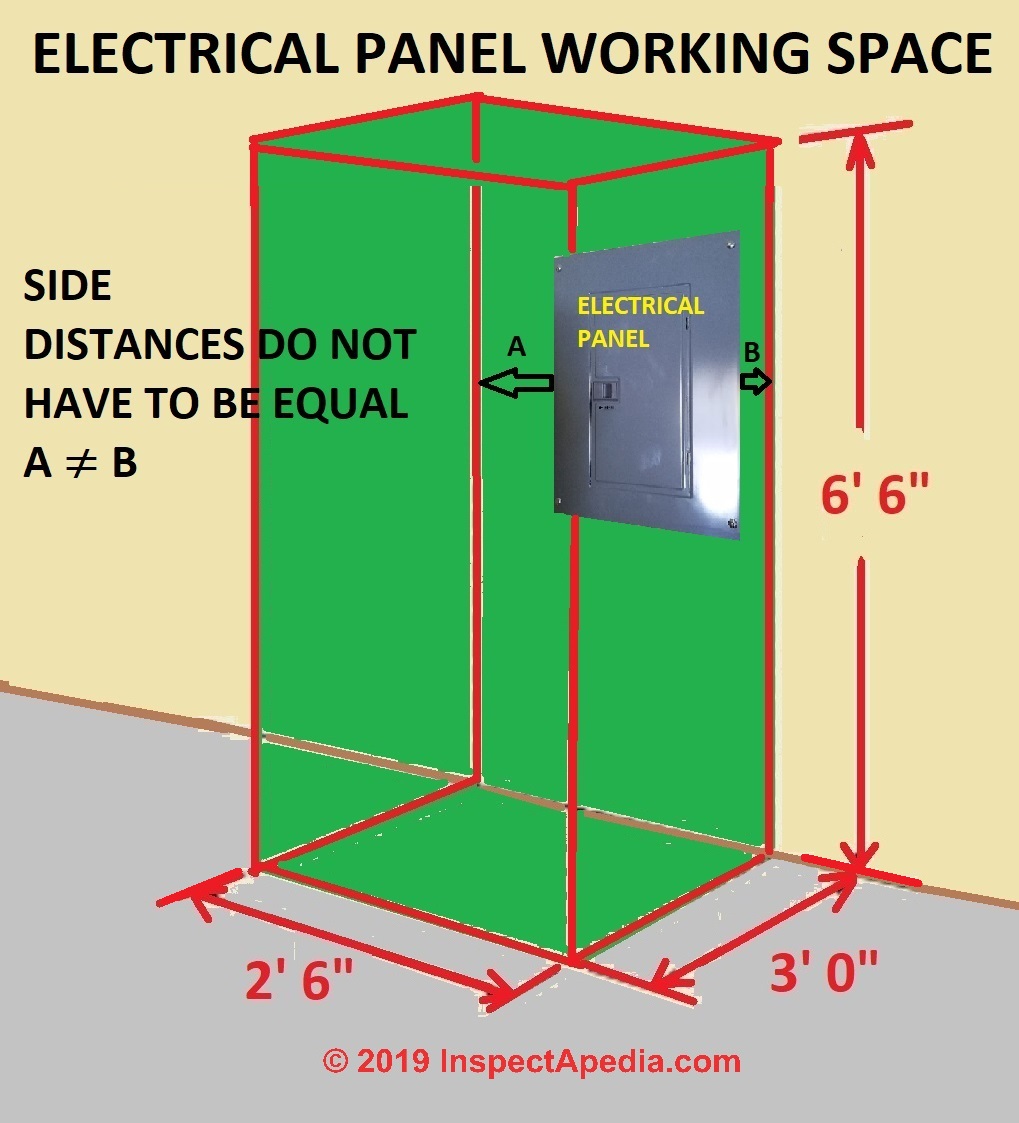🔌
400 — Flexible Cords and Cables
- 400.7Flexible cords are not a substitute for permanent wiring—use only where specifically permitted.
- 400.8Never use flexible cords where concealed, run through holes, attached to building surfaces, or subject to damage.
- 400.10Flexible cords must be suitable for the environment and properly supported to prevent strain on connections.
- 400.14Use hard usage cords for portable equipment; extra-hard usage for construction sites and harsh environments.
- 400.22Flexible cords must be continuous from outlet to equipment—no splices except in listed cord connectors.
EXAM TRAP
Flexible cord violations
The most common flexible cord violation is using it as permanent wiring. Remember: cords are for temporary connections to portable equipment only.

Flexible cords for portable equipment only.

Proper strain relief prevents connection damage.

